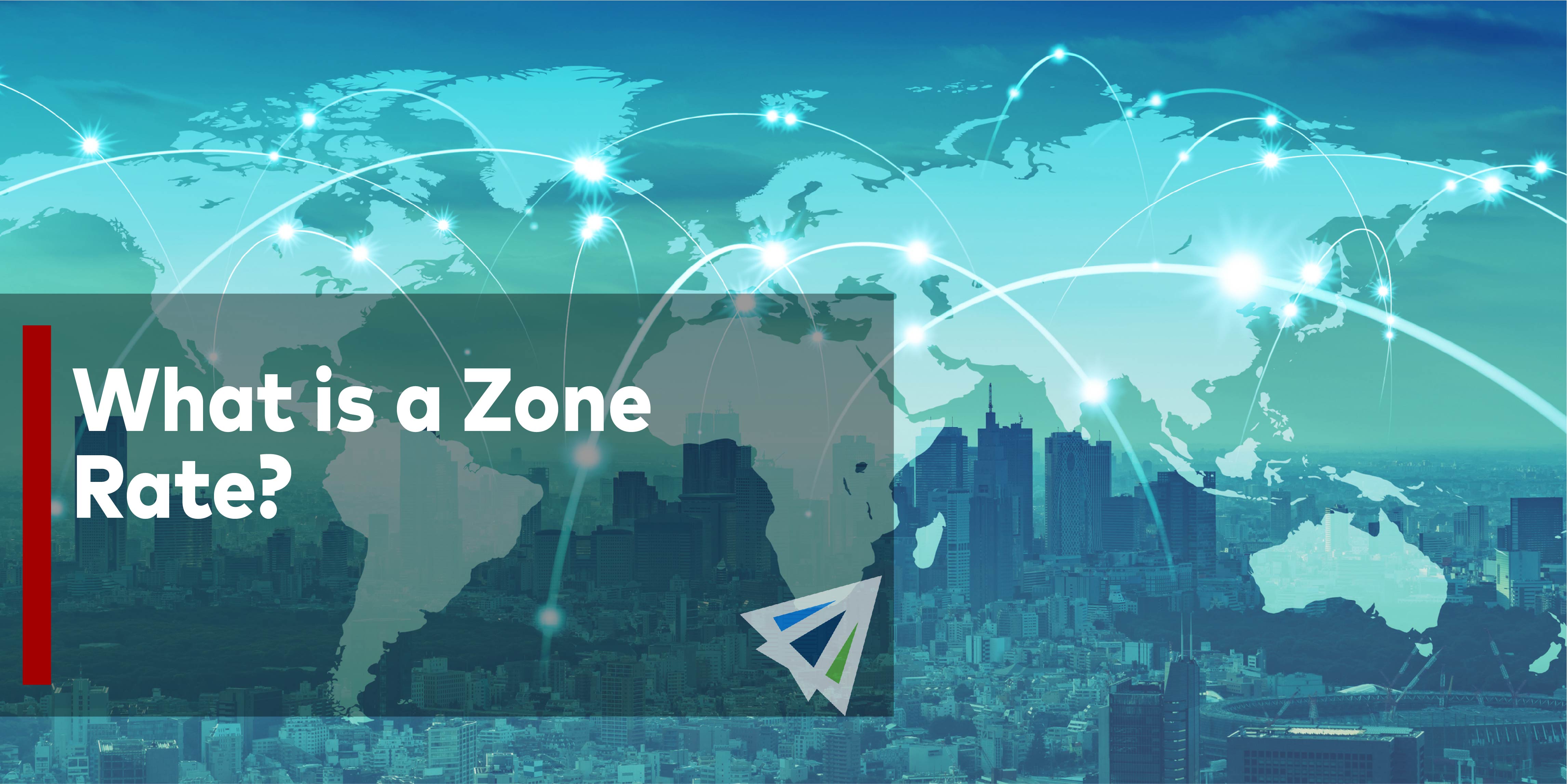Freight rates can get pretty complicated. If you’ve ever looked at your freight bills, you’ve probably noticed a pretty high number of itemized lines on there. The truth is, moving freight across the world isn’t easy, and there are so many factors that go into determining freight rates. In fact, the bill you get is often an even more simplified version of what your freight forwarder is probably dealing with.
If you’re shipping to certain parts in the world, you may have encountered a “zone rate” at one point or another. It’s a bit of a confusing charge to randomly stumble across on your freight bill, so if you’re wondering what it is, here is a simple breakdown:
What is a Zone Rate?
Zone rates are charges related to the geographic destination of cargo. One way that the distance your cargo travels is calculated is using “zones”. Zones are large geographic areas that represent a sizable distance.
These zones can be used as a simplified way of calculating shipping costs, thus the term “zone rates”. Zone rates are freight rates calculated on the basis of how many zones your cargo must pass through until it reaches its destination.
A very common type of zone used for calculations are ZIP codes – these represent rather large, calculable geographic areas making it easy for carriers to use for generalization when calculating the overall distance a shipment needs to travel before reaching its destination.
Help Calculating Freight Rates
If calculating/predicting your freight rates ever feels over-complicated and convoluted to you, you’re far from alone. We spend a lot of time answer questions that shippers have regarding calculating freight rates, predicting future rates, and figuring out how to control their overall shipping costs. If you’re in that boat, please don’t hesitate to reach out to one of our team members! We would love to answer any of your questions and help in any way possible.
